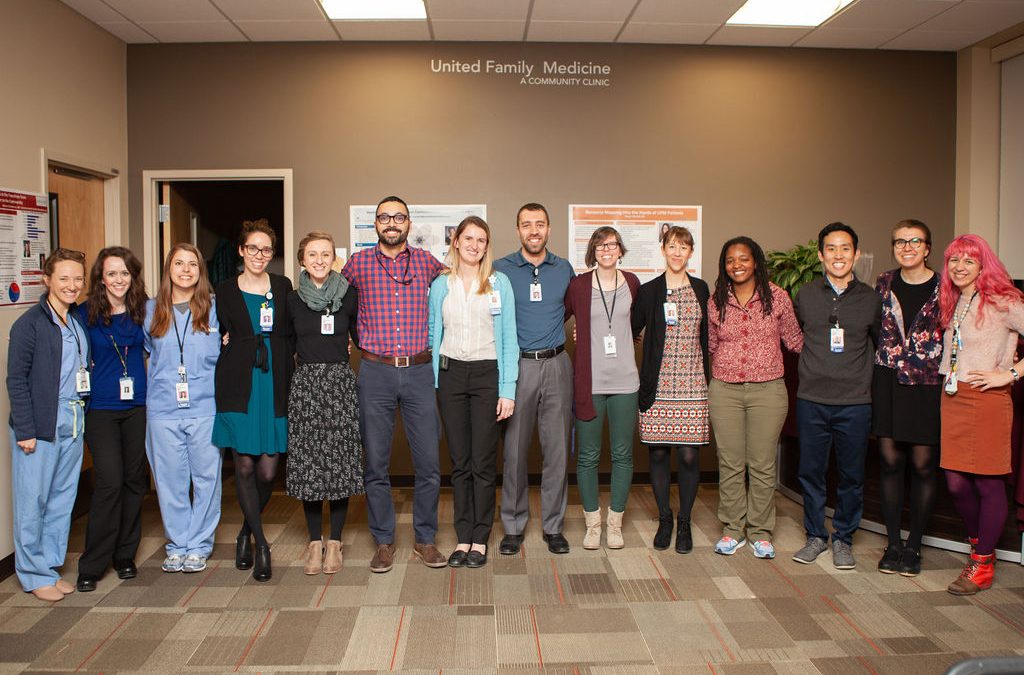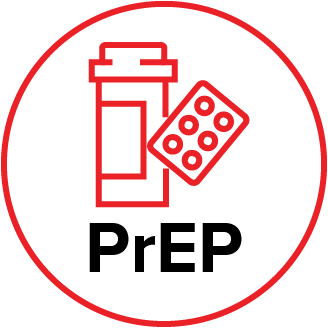Investing in creative solutions to Minnesota’s housing shortage
District Perspectives
By Sen. Sandy Pappas
Investing in creative solutions to Minnesota’s housing shortageHousing is a human right. But too many of our neighbors in St. Paul and across Minnesota are struggling to afford their rent, pay their mortgage or even find stable housing. We can fix Minnesota’s housing shortage, but it will take a series of innovative solutions to make progress.
I have led on the issue of housing during my tenure at the Senate, helping to secure $100 million in housing infrastructure bonds and $16 million for public housing rehabilitation in 2020 alone. I was also pleased to support the Catholic Charities’ Dorothy Day building downtown, now known as Higher Ground Saint Paul, with state funding approved by the legislature. Additionally, I supported the use of the former Bethesda Hospital in Downtown St. Paul to house those who were without shelter last winter. But these short-term fixes must be paired with long-term solutions to fully address the housing shortage and affordability crisis that we’re experiencing in Minnesota.
In the five years that followed the 2008 recession, the U.S. lost 50% of all new residential home building companies, leading to a sharp decline in the number of new homes that were built over the past decade. As the number of new units plummeted, the cost of existing units rose promptly, leading to the issue we’re dealing with today: over 10,000 Minnesotans are sleeping on the street on any given night, and over half a million Minnesotans are cost-burdened, meaning they are paying more than 30% of their household income on housing. Many renters and homeowners are experiencing this cost burden because their incomes have remained stagnant or decreased relative to the increasing cost of their homes. According to the Minnesota Housing Partnership, the median renter’s income increased by just 1% between 2000 and 2019, but their median gross rent increased by 14%.
The housing crisis is complex, and it will take a multitude of creative solutions such as an increase in production of manufactured homes, enhanced availability of tiny houses, and a surge in federal investment in section 8 housing to adequately address the size and scope of the problem. There is so much that the government can do to improve housing affordability, and every level of government must act. The federal government can pass the Build Back Better Act, which would allocate $15 billion to the Housing Trust fund, $25 billion for rental assistance, and $65 billion to build and maintain public housing as it stands today. The state government can make sweeping investments in affordable housing through the passage of millions of dollars in housing bonds. The state government can also do more to support homeless juveniles, domestic violence survivors and formerly incarcerated individuals by meeting their unique housing needs to provide stable shelter during periods of personal instability. Local governments can expand multi-family zoning, allowing homeowners and landlords to create additional units where there was previously only a single unit. These ideas are just a sample of the many steps that we need to take to improve housing affordability for the people of Minnesota.
If we want to make sure that every Minnesotan is housed in a safe, warm, affordable home that they can rely on, then we will need to think outside of the box. If you have an idea that you think could help Minnesotans better access affordable housing, I would love to hear about it. Please contact my office at sen.sandy.pappas@senate.mn or give me a call at 651-296-1802. I welcome your input and look forward to working together as a community to make sure all of us can keep Saint Paul home.




